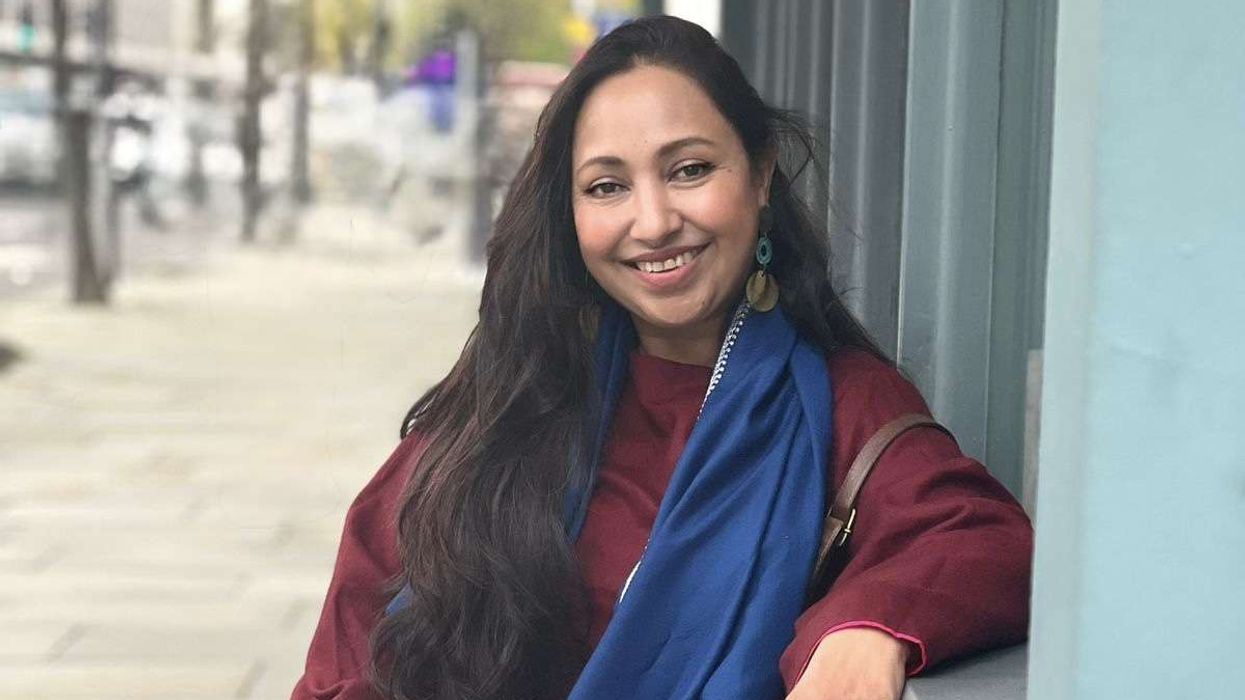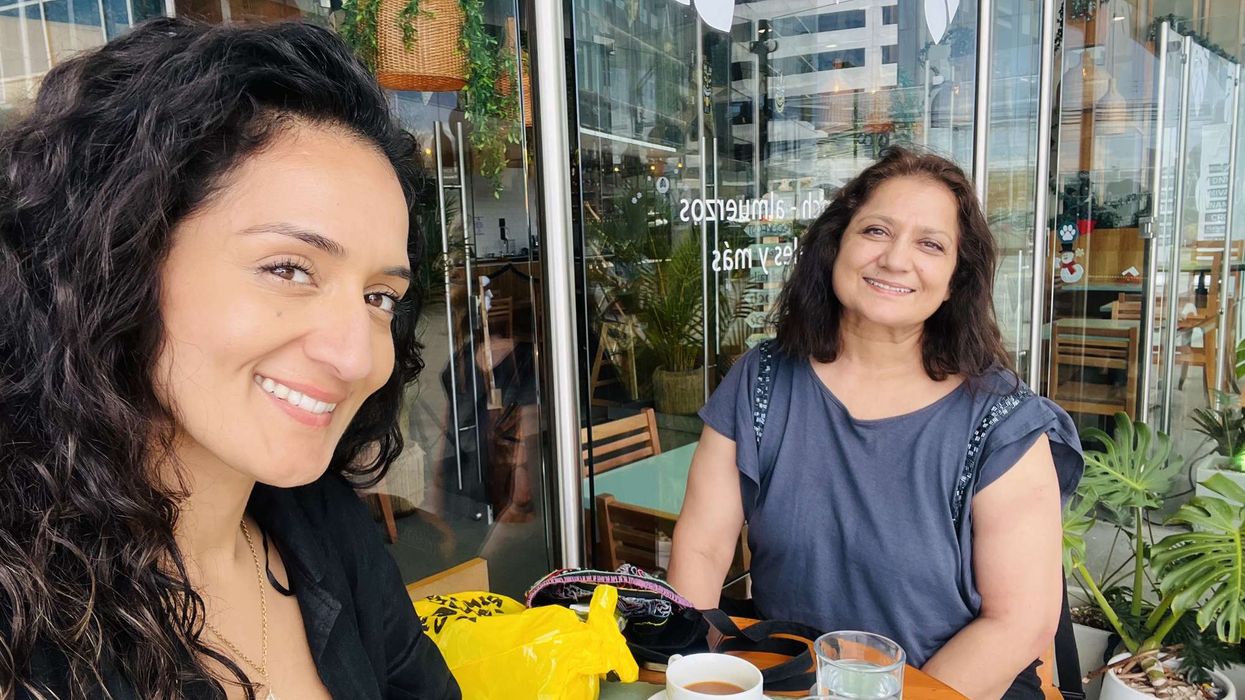by Min Kaur
I AM writing about this topic having been through a divorce myself back in 2008.
Growing up I didn’t have parental stress but did have community pressure of having
to get married young and starting a family, and outsiders thinking it wouldn’t look
good being unmarried over the age of 30.
So I followed the tradition of getting married relatively early at 27 in 2007. I had a
nightmare marriage where my ex did exactly what his mother said and there was no
relationship. The family I married into were not the ones I thought I knew and I went
through a difficult time.
There was no support for me in that household or even out in the community, with everyone refusing to help. The only support I had throughout my difficult time was of
my parents, and a year later I came back home and was officially divorced by 2009.
I was really broken when it happened as many in the community hadn’t come out
about being divorced, and of all my friends I was the first to go through this. But in
2008 I began to pick myself up and started to pursue my career, which was a freelance
henna artist, a marketing professional and TV presenter for a community channel. My faith and parents gave me strength through this difficult time.
People would frown upon the fact I was divorced and that I didn’t stay and put up with the torture, but my parents were happy that I made the decision to stand up for myself, to
be an independent woman who has goals and ambition in life. To get somewhere in my career and not be made to feel that as a Sikh female I need to be married and have kids as the clock is ticking.
Ten years on I have achieved so much in my life. I am doing henna for big corporate
companies such as Visa, McLaren, Vodafone, Disney and many others. I am now a BBC radio presenter and a TV host for the Sikh Channel. I am involved in many charity events as a volunteer and living the dreams I had as a baby girl.
I didn’t need a man in my life to make this happen. It was all through the belief I have in
god and my lovely parents who constantly say daughters are the best because they care so
much and have unlimited love to give. I will be eternally grateful to them.
My best advice that I want to give women out there is to strive to be the best you can and work hard to achieve your goals. Become shining role models in what can be a dark world where people try to bring others down and be a ray of hope for others. Let’s support each other, be the best we can be and understand we don’t need a man to make our dreams come true. We are independent woman and can become what we want to be with our own drive and passion! To all the inspirational woman out there, you rock!
- Min Kaur is a TV presenter for the Sikh Channel, host on BBC Radio Oxford and freelance
henna artist. Min loves volunteering for charities, enjoys exploring new places and loves to laugh. See Twitter: @minkaur5 for more.












